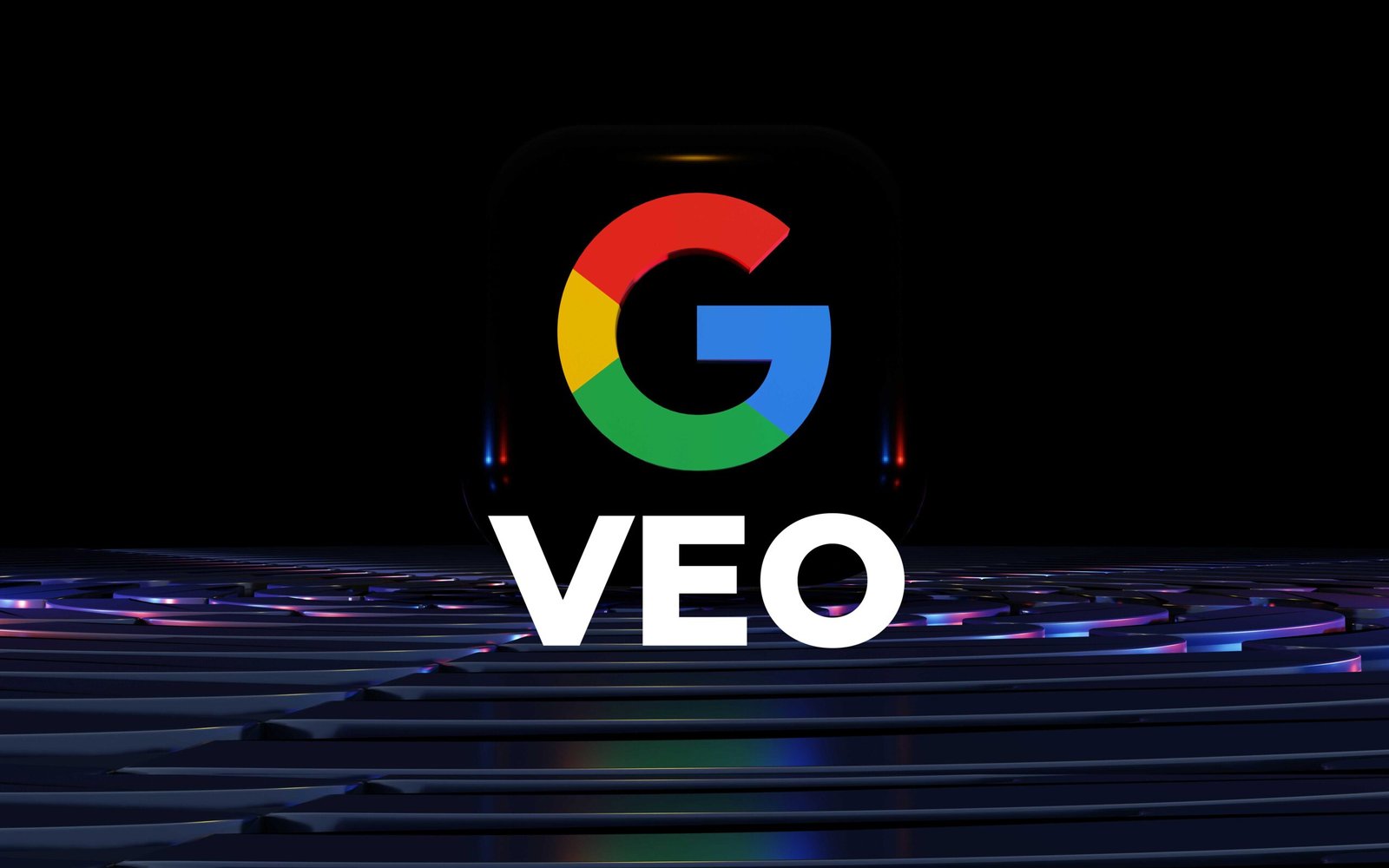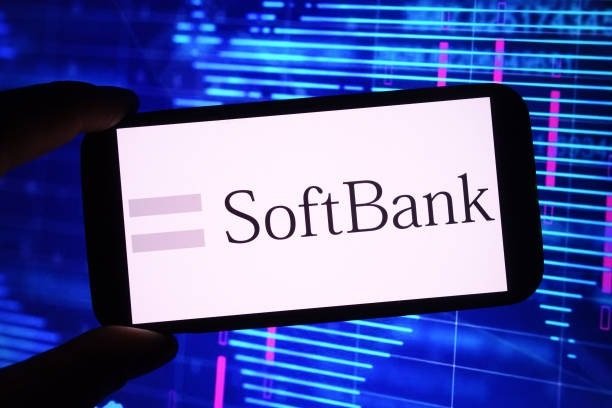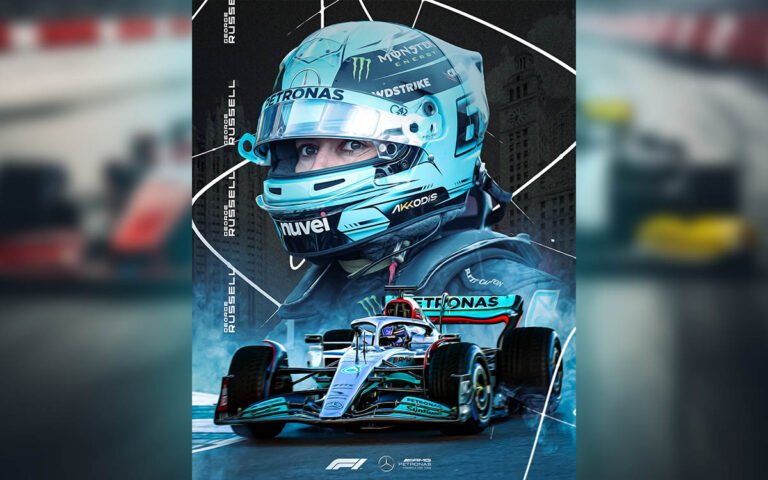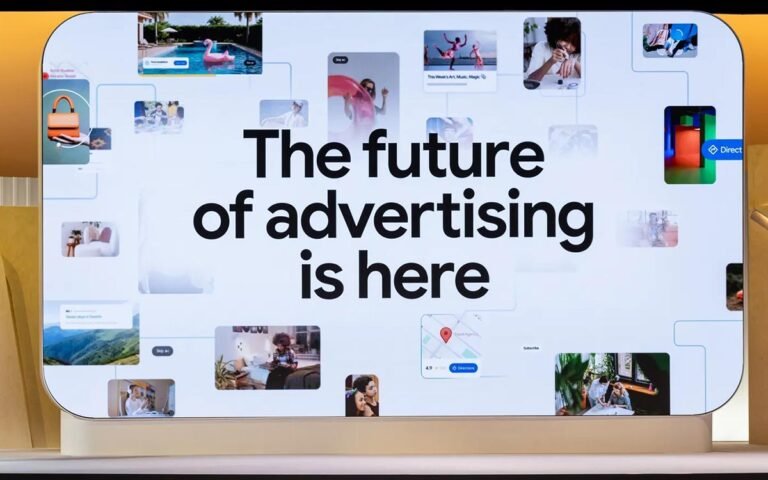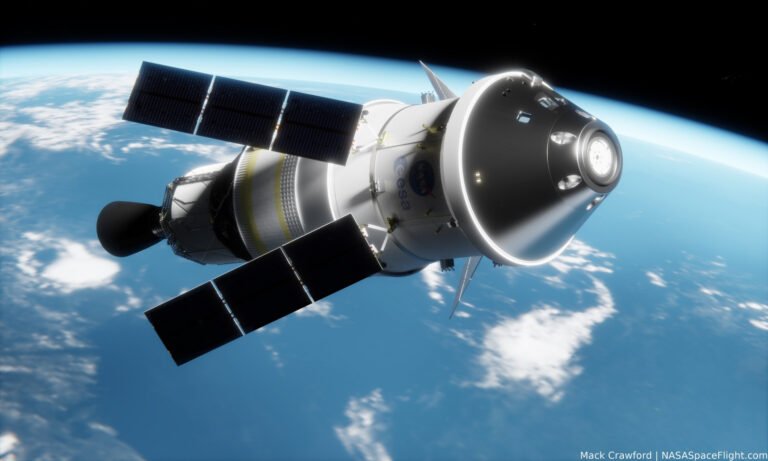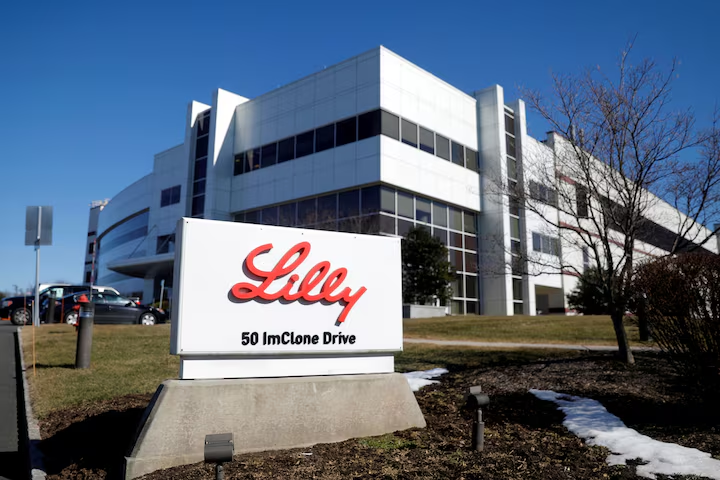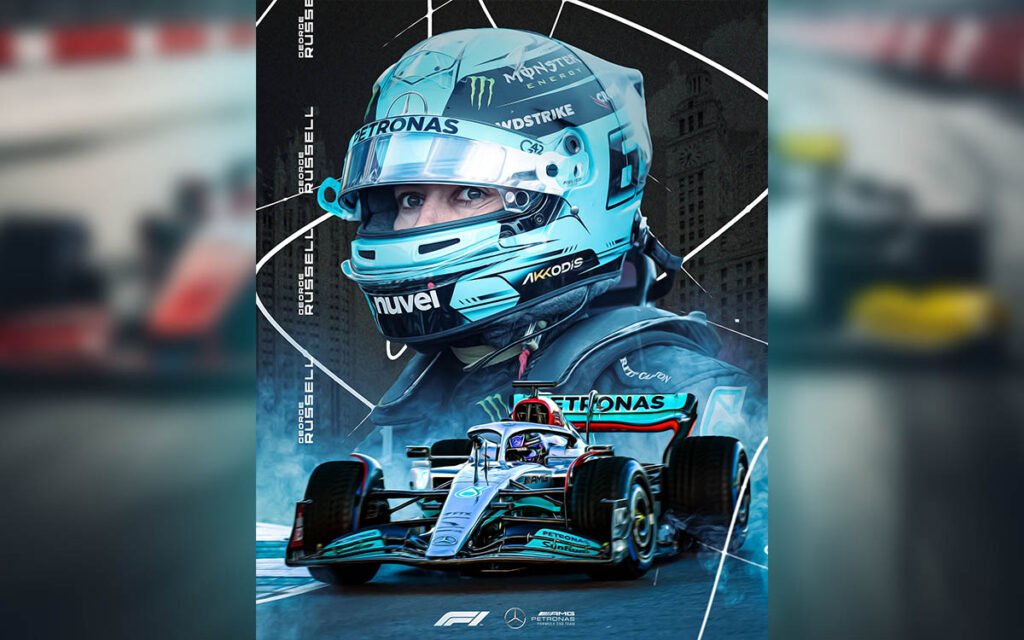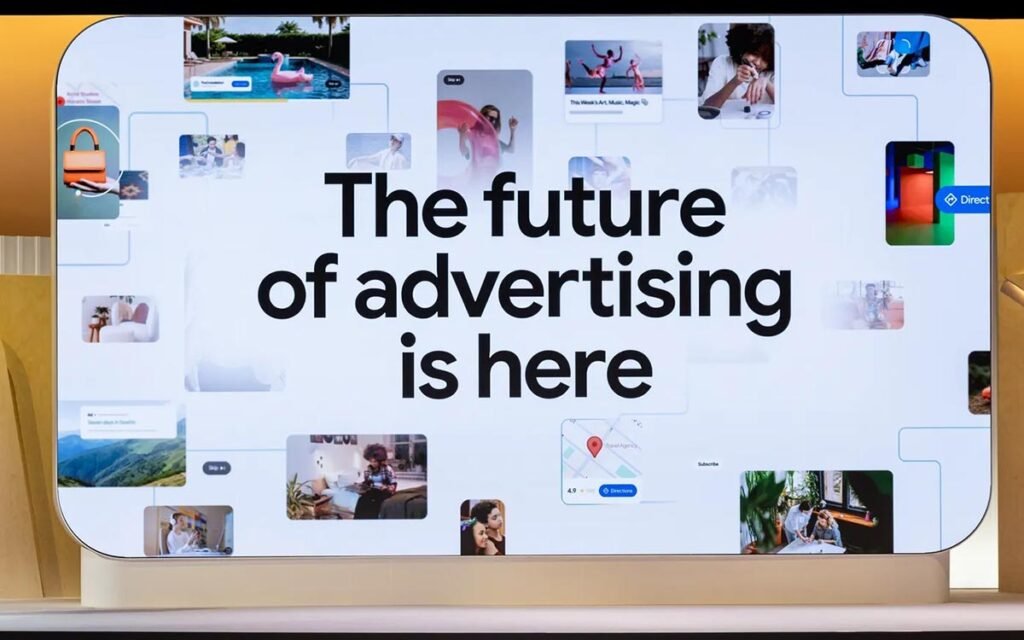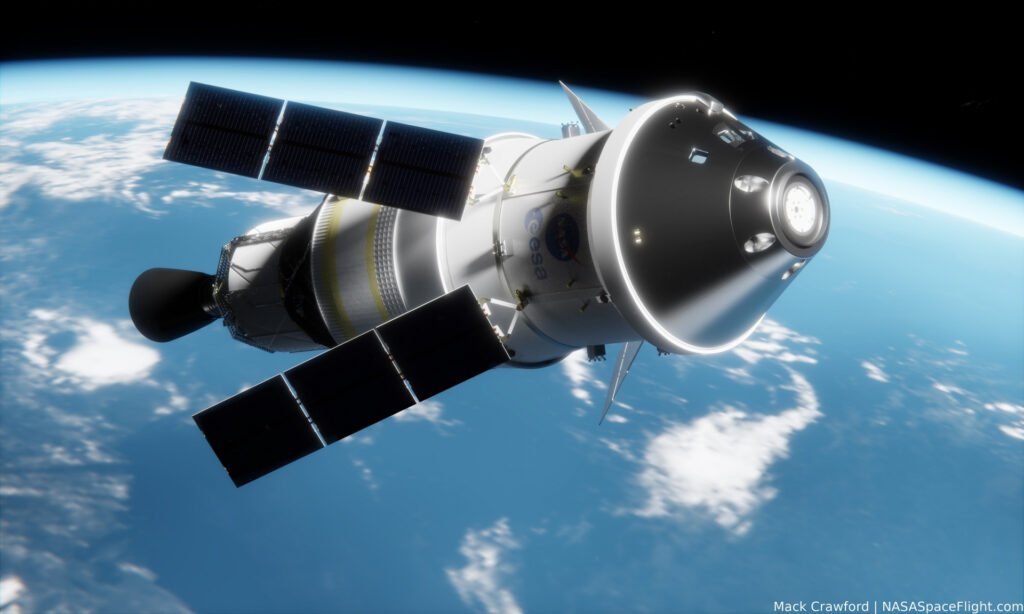The landscape of content creation constantly evolves, driven by rapid advancements in artificial intelligence. At the forefront of this transformation is Google Veo AI Video, Google’s powerful suite of generative video models. These tools are not merely enhancing existing processes; they are fundamentally reshaping how we conceive, produce, and distribute video content. From high-fidelity filmmaking to hyper-efficient advertising, Veo 2 and the groundbreaking Veo 3 are setting new industry standards, promising to democratize video production and unlock unprecedented creative possibilities.
Google Veo AI Video: The Next Generation
Google’s Veo 3 marks a significant leap in AI video generation. This advanced model now creates not only stunning visuals but also native audio. It produces sound effects, ambient noise, and even dialogue. Imagine a sailor narrating over ocean waves or a detective interrogating a rubber duck—Veo 3 handles it. Furthermore, it boasts improved realism with 4K resolution support, better motion tracking, and accurate object physics. For instance, you see flamingos wading in water with realistic ripples. These enhancements propel AI-generated video into a new era of immersion and fidelity.
Veo 2, while foundational, continues to offer robust capabilities. It provides cinematic controls, supporting specific camera angles and lighting adjustments. Users can also select genre-specific styles, from noir to documentary. Both Veo versions integrate safety measures like invisible SynthID watermarks, aiming to reduce “hallucinations” and enhance content transparency.
Key Features: Veo 3’s Advanced Capabilities
Veo 3 introduces several groundbreaking features. Firstly, its native audio generation means users no longer need separate tools for sound. It provides a complete audio-visual experience. Secondly, its ability to generate 4K resolution video significantly boosts realism and detail. The improved physics engine ensures objects behave naturally within scenes. Thirdly, expanded access makes these powerful tools available to more creators. Gemini Ultra subscribers get full access with generous generation limits. Gemini Pro users receive limited access to Veo 3 Fast, which offers 720p resolution and three videos per day. Importantly, all videos, except some high-tier outputs, include SynthID invisible watermarks for verification. These features position Veo 3 as a versatile and powerful tool for diverse creative needs.
Transforming Advertising with Google Veo AI Video
The impact of Google Veo AI Video on advertising is profound and immediate. Consider Kalshi’s NBA Finals ad. This commercial was entirely AI-made using Veo 3 and Gemini for scripting and prompting. It cost approximately $2,000, a staggering 95% less than traditional $500,000 productions. This ad, created in just 48 hours, featured 15 AI-generated clips of “crazy people in crazy situations.” This success story signals a significant shift towards AI-driven micro-teams for advertising production.
Google further supports this disruption with new ad tools. Asset Studio, a hub within Google Ads, now offers Veo-powered AI-generated creatives. Additionally, AI Outpainting can expand video frames for ads, extending backgrounds and making visuals more impactful. These tools enable businesses to produce high-impact, low-cost video campaigns rapidly.
Accessibility and Pricing for Google Veo AI Video
Google has structured access to its Veo models through its Gemini subscription plans. Gemini Pro subscribers pay $19.99 per month. They receive 100 generations per month for Veo 2 and three “Fast” generations per day for Veo 3. Gemini Ultra subscribers pay $249.99 per month. They enjoy significantly higher limits: 1,250 generations for Veo 2 and 625 “Fast” generations for Veo 3. Furthermore, Google offers free Veo access for students via Google AI Pro until 2026. This tiered pricing and student program aim to make powerful AI video generation tools accessible to a broad user base, from individual creators to large enterprises.
Ethical Considerations for Google Veo AI Video
As Google Veo AI Video capabilities advance, ethical implications intensify. Copyright remains a major concern; for example, Disney previously sued Midjourney over AI-generated characters resembling Darth Vader. This raises questions about Veo’s training data and intellectual property. Transparency is another critical aspect. Google mandates visible watermarks for non-Ultra users to combat misinformation. These small “Veo” watermarks, though sometimes subtle, indicate AI generation.
The job market also faces disruption. Traditional video roles like editors and cinematographers might see transformation as AI democratizes content creation. Concerns about deepfakes and the potential for misuse of highly realistic AI-generated video necessitate ongoing vigilance and robust safeguards. Responsible AI development and clear policy are paramount.
Conclusion: The Future of Video Creation
Google’s Veo 2 and Veo 3 models clearly redefine AI video generation. Veo 3’s native audio and 4K capabilities set a new industry benchmark, while Veo 2 remains widely accessible. Advertising is an immediate beneficiary, as evidenced by Kalshi’s successful, low-cost AI ad. These innovations promise to democratize video content creation, enabling more individuals and businesses to produce high-quality visuals. However, this progress also intensifies ethical debates around copyright, transparency, and job impact. As AI video tools become more sophisticated and widespread, navigating these complexities responsibly will be key to harnessing their full transformative potential.
For more news and updates, please visit PFM Today.

